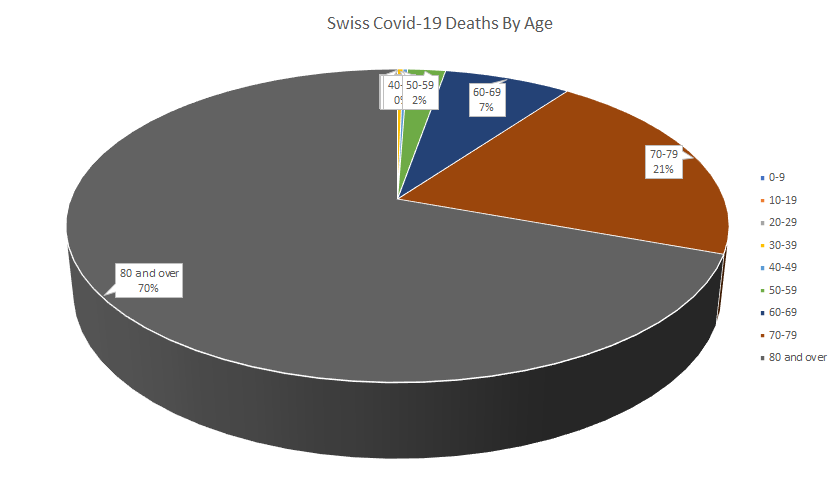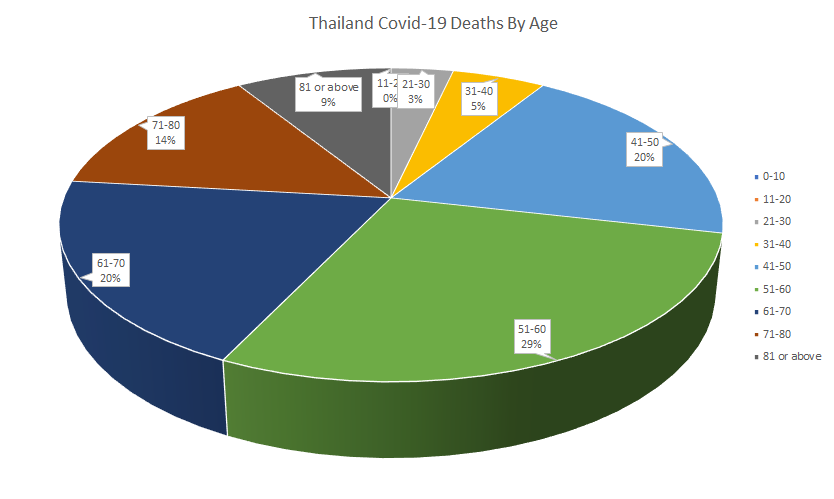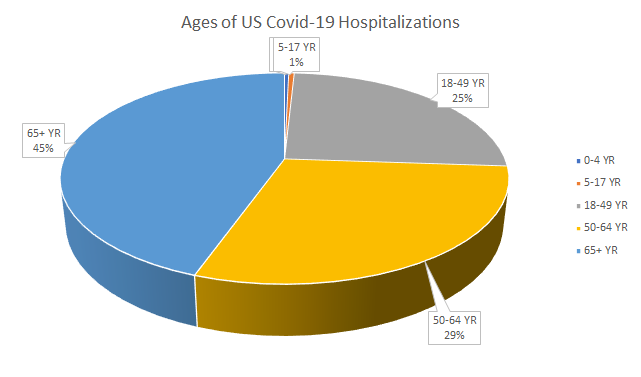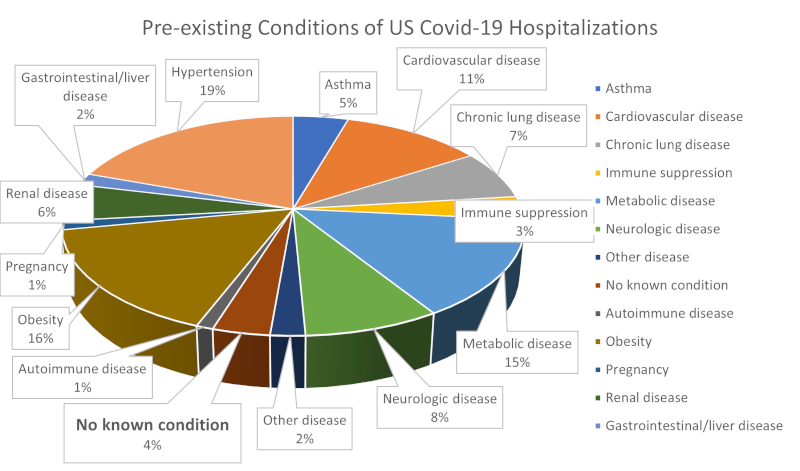There is a subset of our population who is vulnerable to airborne disease,
and based on United States CDC data, as well as data from around the world,
there is no difference in the threat between Covid-19, and any
other year's cold season.
If there is one good thing that came out of this year's cold response, it is more awareness of
those vulnerable to airborne disease, and the everyday threat that they have always faced
every moment of their
lives.
It should have always been socially acceptable for the vulnerable to wear masks in
public - in Asia, they also wear them to reduce seasonal allergies, and just like any other item
of clothing, a personal choice.
However, no matter what, anything more than drawing open air from around you into your lungs is a strain on the
respiratory system, and a risk in-and-of-itself, so masks should only be worn as a mitigation
by the vulnerable, be it to allergies, or airborne disease.
But, it is more difficult to know who is vulnerable when the CDC and others do not seem to draw any
attention to their own data to publicize who is actually vulnerable to Covid-19, so let's take a look
at the actual data.
First is a comparison of the demographics of Covid-19 deaths versus our usual 57,000 annual
Pneumonia and Influenza (P&I) deaths. In all cases, 93% of deaths are of those age 55 and older.
Covid-19 can be a bad cold, and so the ages skew a bit lower in the elderly demographics, but
the big takeaway is this - every single year, this risk profile is the same, and so every year
those age 55 and older are largely at the same risk:
To be sure, there are those under age 55 who die from cold-and-flu in the United States every year -
almost 11 per day,
and if we had always been looking for stories to fill newspapers with about them, we could've had entire
publications dedicated to them year-round, every year.
But, the usual incidence rate of those under age 55 is 1 in 100,000
persons in the United States, or so far with Covid-19, perhaps 2 in 100,000. By comparison, there are
12 gun deaths per 100,000 in the United States every year - we regularly face much bigger threats.
Demographics from around the world show a refinement on risk profiles - particularly the effects of the
exposure to greater levels of pollution. The United States has an average national PM2.5 pollution level
of 9 micrograms per cubic meter,
with 11-12 considered the 'good' range where most people live, in cities. Switzerland has a similar national average,
around 10, which, with less land area, seems to be the level experienced in their cities, which would be lower than the
United States. This likely accounts for some of the differences in their Covid-19 demographics:

In Switzerland, 99.8% of Covid-19 deaths were age 50+, with 70% being 80 and over.
One way or another, they have an
incredibly healthy population, but better air could account for much of that,
especially considering Thailand's Covid-19 demographics:

Thailand has an average national PM2.5 level of 23, almost 3 times the average United States level.
The result is a much lower set of age groups dying from
Covid-19, with some 28% below age 50.
So, it would be fair to say that only the elderly by age, or those whose bodies are elderly due to disease,
including respiratory illness
brought on by environmental problems, are vulnerable to dying from airborne diseases like Covid-19.
Hospitalization is a more uncertain area, since it can be a factor of level of concern plus economics - if someone is willing to pay
$2000 per day for a hospital bed, there is probably someone who will take them up on it, and admit them no matter what.
But, the United States hospitalization statistics for Covid-19 are enlightening. First off, 74% of those hospitalized were age 50+:

There is a good sized younger population of 26% included in that, but when you then look at the hospital admissions by
pre-existing condition, you see a much clearer picture - only 4% of admissions had no known pre-existing conditions,
in a country with at least 8% of the population uninsured, and likely unable to afford to see a doctor to have
a pre-existing condition diagnosed in the first place:

So, put quite simply, to be at risk for being hospitalized with Covid-19, you first need to be dying from something else.
In summary, there are two main groups who are at risk of either dying or being hospitalized with Covid-19 in the
United States: those over 55,
or those with underlying life-threatening health conditions.
For anyone else, you are more likely to die of gun
violence in the United States, than be adversely affected by Covid-19.
Virus-avoidance behavior causes more extreme airborne illness,
which results in more deaths of the vulnerable, so to actually
save lives in a pandemic, it is essential to allow those who are not vulnerable to live normal lives,
and leverage our only defense against deadly airborne illness,
which we have used with 100% success over the last
300 million years as animals.